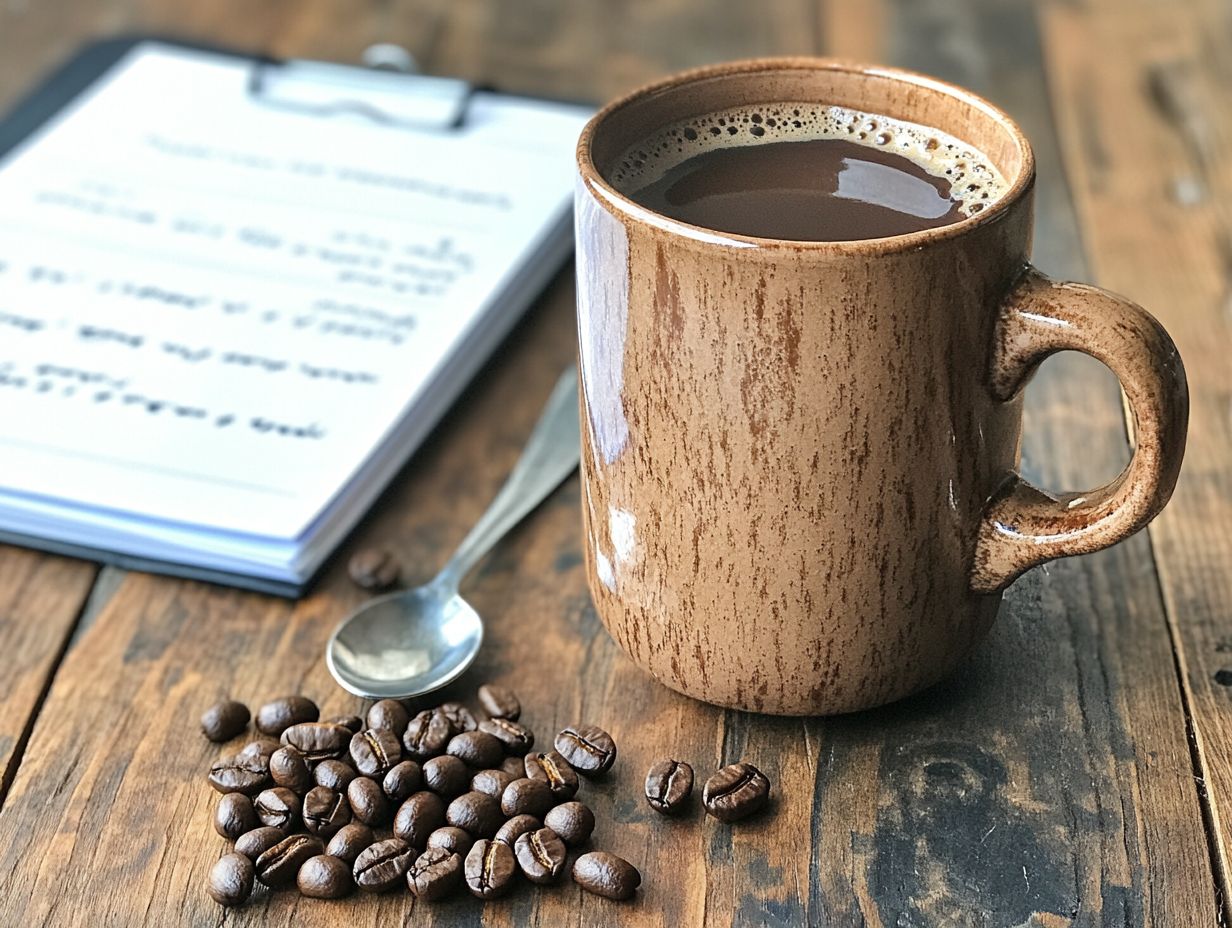
How Much Caffeine is in Coffee? A Comprehensive Guide
Coffee is one of the most popular beverages in the world, loved for its rich aroma, comforting taste, and, most importantly, its energizing effects. The key ingredient responsible for coffee’s stimulating properties is caffeine, a natural stimulant found in coffee beans. While many people enjoy coffee daily, few stop to think about how much caffeine is in their cup. The amount of caffeine in coffee can vary widely depending on several factors, such as the type of coffee, brewing method, and serving size.
In this article, we’ll explore how much caffeine is typically found in different types of coffee, factors that influence caffeine levels, and what this means for your health.
Average Caffeine Content in Different Coffee Types
The caffeine content in coffee can range from as little as 30 milligrams (mg) to over 500 mg per serving, depending on the type of coffee and how it is prepared. Below are the average caffeine amounts in some common types of coffee:
1. Brewed Coffee (Drip Coffee)
Brewed coffee is one of the most common ways to prepare coffee, especially in the U.S. This method involves pouring hot water over ground coffee beans and filtering the liquid.
- Caffeine Content: A typical 8-ounce (240-milliliter) cup of brewed coffee contains approximately 80–120 mg of caffeine.
2. Espresso
Espresso is a concentrated coffee brewed by forcing hot water through finely-ground coffee under pressure. It is the base for many coffee drinks, such as lattes and cappuccinos.
- Caffeine Content: A single shot (1 ounce or 30 milliliters) of espresso contains about 63 mg of caffeine. A double shot contains approximately 125 mg.
3. Instant Coffee
Instant coffee is made by drying brewed coffee into a powder or granules that can be rehydrated with hot water.
- Caffeine Content: An 8-ounce cup of instant coffee typically contains 30–90 mg of caffeine, depending on the brand and preparation.
4. Cold Brew
Cold brew coffee is made by steeping coarsely ground coffee in cold water for 12–24 hours. This process extracts caffeine more slowly, resulting in a smooth and less acidic flavor.
- Caffeine Content: An 8-ounce serving of cold brew coffee generally contains 100–200 mg of caffeine, depending on the brewing time and coffee-to-water ratio.
5. Decaffeinated Coffee
Decaffeinated coffee is processed to remove most of the caffeine, but it is not entirely caffeine-free.
- Caffeine Content: An 8-ounce cup of decaffeinated coffee contains about 2–5 mg of caffeine.
6. Specialty Coffee Drinks
Specialty coffee drinks, like lattes, cappuccinos, and mochas, are made with espresso as the base and include milk, cream, or syrups. The caffeine content varies depending on the number of espresso shots used.
- Caffeine Content: A standard 12-ounce latte with one shot of espresso contains about 63 mg of caffeine, but larger sizes or additional shots will increase the amount.
Factors Influencing Caffeine Levels in Coffee
The caffeine content in coffee is influenced by several factors, including:
1. Coffee Bean Type
There are two main types of coffee beans: Arabica and Robusta.
- Arabica beans generally have less caffeine, averaging 1.2% caffeine content by weight.
- Robusta beans contain about twice as much caffeine, around 2.2%.
2. Brewing Method
Different brewing methods extract caffeine at varying rates. For example:
- Espresso has a high caffeine concentration per ounce but is typically consumed in smaller quantities.
- Drip coffee and cold brew generally have more caffeine per serving due to the larger volume consumed.
3. Serving Size
The larger the serving size, the higher the caffeine content. For example, a 16-ounce (grande) coffee from a coffee shop can contain twice as much caffeine as a standard 8-ounce cup.
4. Coffee-to-Water Ratio
Stronger coffee brews typically involve using more coffee grounds relative to water, increasing caffeine content.
5. Brewing Time
The longer the brewing time, the more caffeine is extracted. This is why cold brew often has a higher caffeine content compared to other methods.
How Much Caffeine is Too Much?
The effects of caffeine vary from person to person, but health experts generally recommend limiting caffeine intake to 400 mg per day for most adults. This is roughly equivalent to:
- Four 8-ounce cups of brewed coffee, or
- Two 16-ounce coffee shop lattes, or
- Five single shots of espresso.
Exceeding this amount can lead to side effects such as jitteriness, insomnia, rapid heartbeat, or digestive issues. Pregnant women, individuals with certain health conditions, and those sensitive to caffeine should limit their intake even further.
Decoding Coffee Shop Caffeine Levels
Coffee from popular coffee chains like Starbucks or Dunkin’ often contains higher caffeine levels due to the use of bold coffee blends and larger serving sizes. For example:
- A Starbucks grande (16-ounce) Pike Place Roast contains about 310 mg of caffeine.
- A Dunkin’ large brewed coffee (20-ounce) has approximately 300 mg of caffeine.
Consumers should always check the nutritional information provided by coffee shops to better understand their caffeine intake.
Caffeine and Health: The Good and the Bad
Benefits of Caffeine
Moderate caffeine consumption offers several health benefits, such as:
- Improved mental alertness and focus.
- Enhanced physical performance and endurance.
- Potential protection against certain diseases, including Parkinson’s and Alzheimer’s.
Risks of Excessive Caffeine
Overconsumption of caffeine can lead to:
- Anxiety and restlessness.
- Disrupted sleep patterns.
- Dependence or withdrawal symptoms when intake is reduced.
Conclusion
The amount of caffeine in your coffee depends on various factors, including the type of coffee, brewing method, and serving size. Understanding these variables can help you make informed choices about your caffeine consumption. While coffee can be a delightful and energizing part of your day, moderation is key to enjoying its benefits without experiencing adverse effects.
Whether you prefer a bold espresso shot or a smooth cup of cold brew, knowing how much caffeine is in your coffee allows you to tailor your intake to suit your lifestyle and health needs.
